Search
Remove Ads
Advertisement
Summary 
Loading AI-generated summary based on World History Encyclopedia articles ...
Search Results

Video
THE APOSTLE PAUL'S CORINTH BY IAN PAUL & STEPHEN TRAVIS AN ON LOCATION GUIDE
This is an extract/demonstration from a larger project.Please follow the link below to find out more.
http://www.stjohnstimeline.co.uk/
note:some of our extracts loose sound but continue to play as a taster to further content
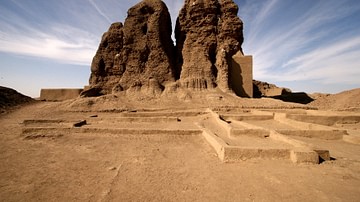
Article
Interrelations of Kerma and Pharaonic Egypt
The vacillating nature of Ancient Egypt's associations with the Kingdom of Kerma may be described as one of expansion and contraction; a virtual tug-of-war between rival cultures. Structural changes in Egypt's administration led to alternating...

Article
Poor Man of Nippur
The Poor Man of Nippur (c. 701 BCE) is a Babylonian poem on the themes of the obligations of hospitality and revenge for an undeserved injury. A poor man of the city of Nippur feels mistreated when he visits the mayor and then goes to great...
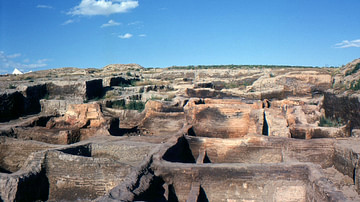
Definition
Ҫatalhöyük
Ҫatalhöyük is one of the largest Neolithic settlements ever discovered. Built more than 9000 years ago in modern Konya Plain, central Turkey, it is known in archaeology as a proto-city, a link between the cave-dwellings of prehistoric hunter-gatherers...

Article
Athens in the Hellenistic World
When we think about ancient Athens, it is almost always about the classical city. We think of such things as its numerous monuments (the Parthenon on the Acropolis for example), beautifying everywhere, the Agora swarming with people doing...
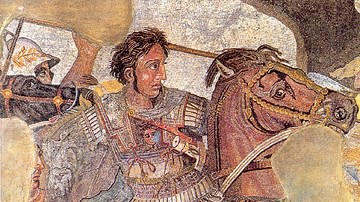
Definition
Alexander the Great
Alexander III of Macedon, better known as Alexander the Great (l. 21 July 356 BCE – 10 or 11 June 323 BCE, r. 336-323 BCE), was the son of King Philip II of Macedon (r. 359-336 BCE) who became king upon his father's death in 336 BCE and then...

Article
Declaration of the Rights of Man and of the Citizen
The Declaration of the Rights of Man and of the Citizen (French: Declaration des Droits de l’Homme et du Citoyen) is a human rights document adopted in the early stages of the French Revolution (1789-1799). Inspired by Enlightenment Age principles...
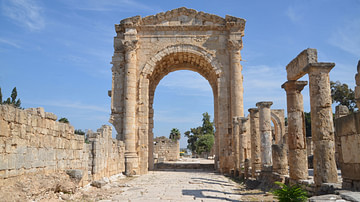
Definition
Tyre
Tyre (in modern-day Lebanon) is one of the oldest cities in the world, dating back over 4,000 years, during which it has been inhabited almost continuously. It was one of the most important, and at times the dominant, city of Phoenicia, whose...

Definition
Göbekli Tepe
“Göbekli Tepe” (“Hill with a Navel”, or “Potbelly Hill”) is found approximately 16 km (10 miles) northeast of Şanlıurfa, an ancient city in southeastern Turkey once named “Edessa” and known as “the City of the Prophets”. While this nearby...
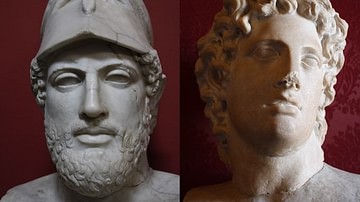
Definition
Plutarch
L. Mestrius Plutarchus, better known simply as Plutarch, was a Greek writer and philosopher who lived between c. 45-50 CE and c. 120-125 CE. A prodigious and hugely influential writer, he is now most famous for his biographical works in his...